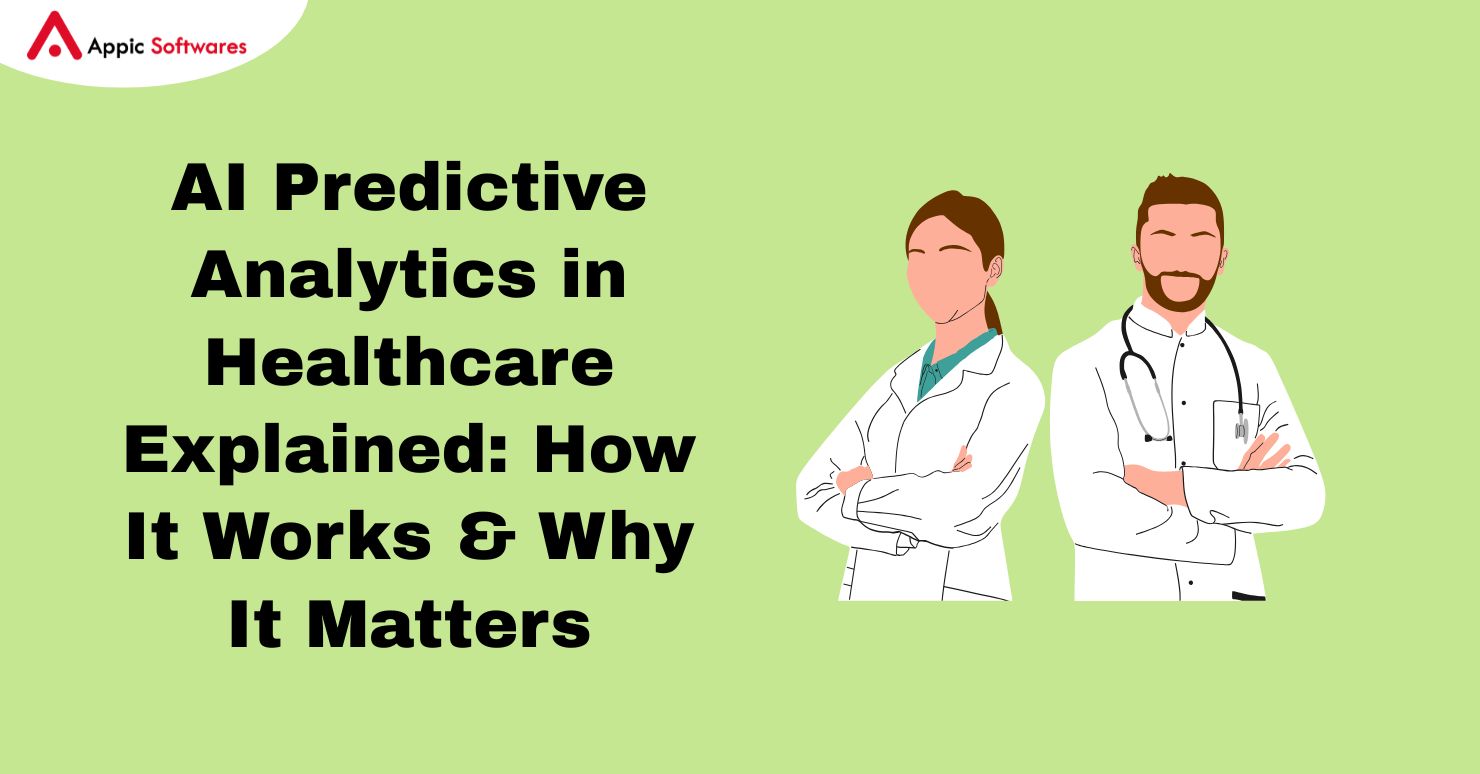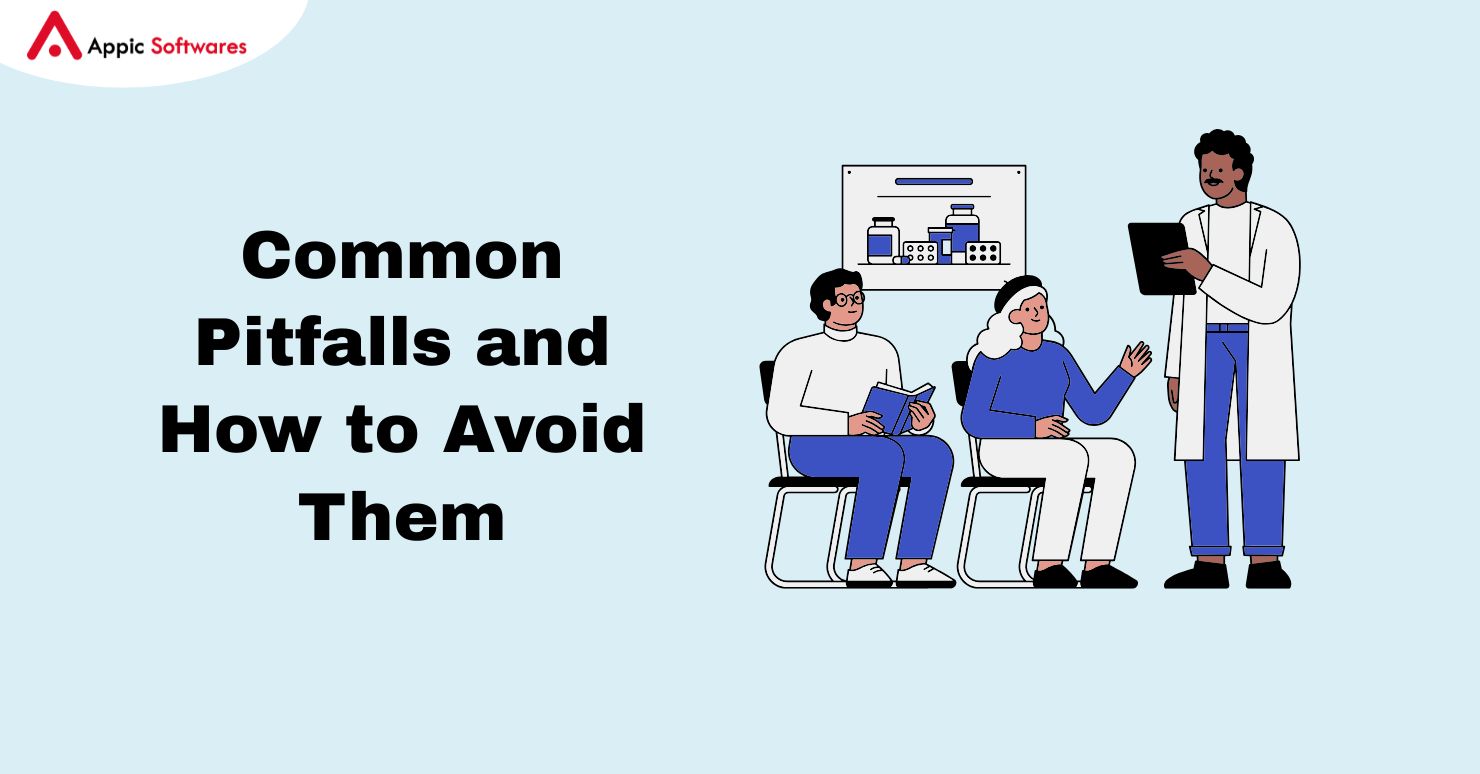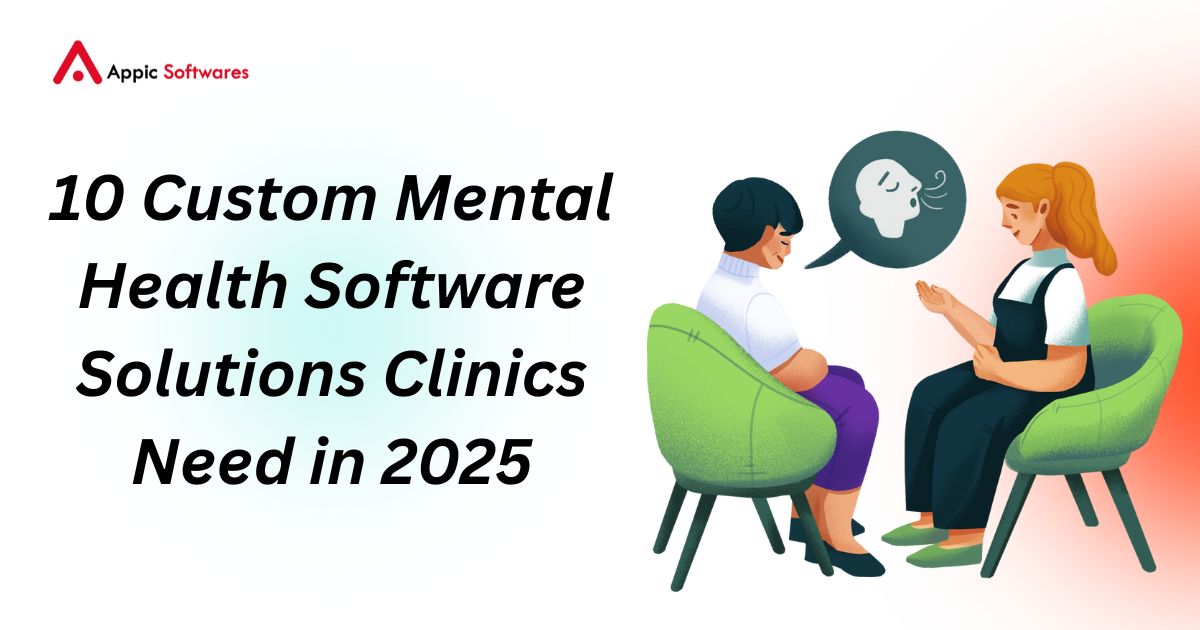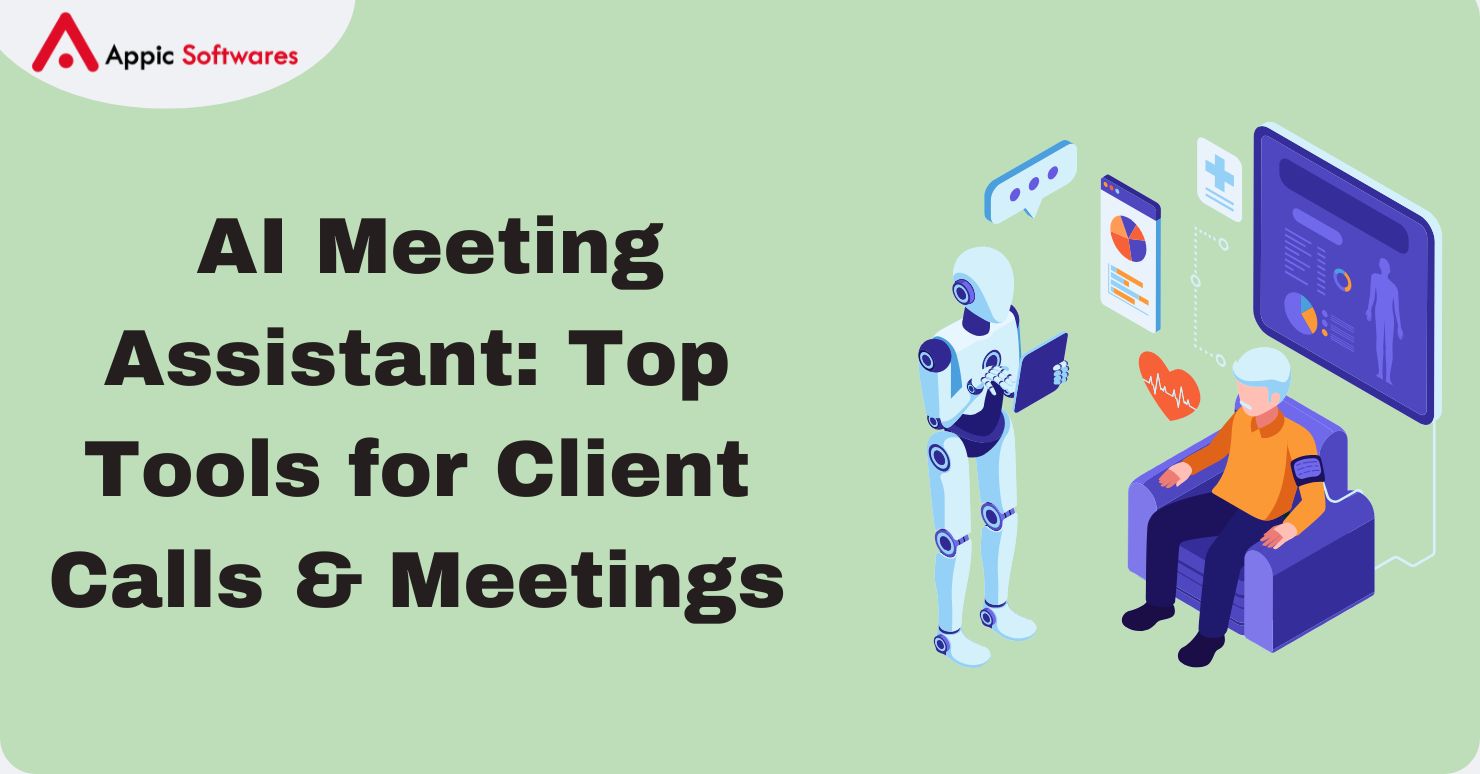
Healthcare runs on decisions. Some are urgent. Some unfold over months. Many depend on patterns that humans struggle to see. AI predictive analytics helps uncover those patterns. It turns messy clinical data into early warnings and forward-looking insights and does not replace clinicians. It supports them with timely signals, risk scores, and recommendations. The goal is simple. Better outcomes. Safer care. Smarter use of resources.
This guide dives deep into AI predictive analytics and what it is, how it works, and why it matters. It shows what happens under the hood. It highlights met
hods, data needs, and metrics that matter and also addresses ethics, regulation, workflow fit, and return on investment. The tone is practical. The details are real. By the end, you will understand both the power and the limits of this technology.
What Predictive Analytics Means in Healthcare
Predictive analytics estimates the likelihood of a future event. In healthcare, that event could be a readmission, a sepsis onset, a no-show, or a deterioration overnight. The system takes in data. It learns patterns from past outcomes. It produces a probability, a risk score, or a forecast. Clinicians and teams then act on that information.
It is not the same as descriptive analytics. Descriptive tools summarize what happened. Predictive tools estimate what will happen next. It is also not the same as prescriptive analytics. Prescriptive tools suggest what to do. Predictive tools tell you what is likely. In practice, hospitals often combine all three.
Read more: AI agents in healthcare
Where the Data Comes From
Everything starts with data. Most models use electronic health records. They pull vitals, labs, medications, allergies, comorbidities, and notes. Imaging systems contribute structured and unstructured signals. Claims add longitudinal patterns and cost context. Wearables add continuous streams. Pharmacy systems add fill history and adherence clues. Operational systems add bed flow
, staffing, and scheduling data.
Data quality varies. Documentation styles differ by unit. Coding practices change over time. Devices drift. Labs update reference ranges. These shifts can break models. Any serious program invests early in data profiling and governance and need stable pipelines. You need clear data dictionaries. You need versioning and audit trails. Without those, models will fail silently.
How Predictive Analytics Works End to End
There is a repeatable life cycle. It begins with problem framing. You define the clinical question and set the prediction window and define the target population. You write an outcome definition that clinicians accept. Without consensus, adoption will stall later.
Then you engineer features. You convert raw timestamps into time since admission. You summarize vitals into trends. You encode medications into classes and dosages. You normalize labs to account for units. You handle missingness carefully. Missing values carry meaning in healthcare. The absence of a test can be a signal. You must decide on imputation rules with clinical input.
Read more: Hire product engineering team
Now you select models. Many teams start with strong baselines. Logistic regression is fast and interpretable. Tree-based methods like gradient boosting often perform well. Recurrent and transformer models handle sequences and text. Survival models handle time-to-event and censoring.
Training is only half the work. You perform cross-validation and subgroup analyses. It assess fairness across age, sex, race, and payer, with examine feature importance and partial dependence. You test robustness to missing values and stress test on recent months. You look for performance drift.
Deployment is a product exercise. You package the model behind an API and integrate it with the EHR. You schedule prediction runs. You display outputs where clinicians already work. You log every prediction. You collect the actions taken afterward. You monitor model health in production. You retrain on a schedule or based on triggers.
Bonus read: Cost to develop reflex agents in AI
Core Modeling Approaches You Will See
Classical regression remains common. It is transparent. It supports calibration. It is easy to govern. It works well when features are curated.
Tree ensembles are a workhorse. Random forests and gradient boosting capture nonlinearities and interactions. They cope with mixed data types. They deliver strong discrimination out of the box. They require careful calibration.
Neural networks shine with unstructured data. Convolutional nets interpret imaging. Transformers process clinical notes. Sequence models handle vital sign traces. These models can exceed human-level performance on narrow tasks. They demand careful validation and guardrails.
Survival analysis matters when time is central. Cox models and modern deep survival variants estimate hazards and survival curves. They respect censoring. They answer “when” not just “if.”
Probabilistic models help with uncertainty. Bayesian approaches can express confidence. They can be more robust with scarce labels. They are less common in routine deployments but valuable in research and safety-critical settings.
Key Use Cases That Deliver Value
Early warning for sepsis is a flagship use case. Models flag risk hours before symptoms peak. Teams initiate bundles sooner. Mortality and ICU transfers can drop when alerts fit the workflow. Success depends on specificity. Too many false alarms cause alert fatigue. Calibrated thresholds and tiered responses help.
Readmission prediction supports targeted transitions of care. High-risk patients get follow-up calls, home visits, or pharmacy consults. The goal is not to block admissions. The goal is to prevent avoidable ones through better support.
Length of stay prediction helps bed management. It gives a more realistic discharge forecast. It supports OR scheduling and staffing plans. It also helps identify discharge barriers early.
Imaging triage speeds care. Models prioritize suspected hemorrhage, pulmonary embolism, or pneumothorax. Radiologists still read the study. They just see urgent cases first. This reduces time-to-treatment for critical findings.
No-show prediction improves clinic flow. High-risk appointments get reminders or ride-share offers. The clinic backfills slots more effectively. Patients get faster access.
Population health risk stratification supports chronic disease programs. Patients with rising risk get proactive outreach. Care teams target education and remote monitoring. The model complements clinical judgment.
Claims fraud detection saves money. Models find suspicious billing patterns and upcoding. They surface providers with outlier behavior. Investigators validate and act.
Read more: Online payment mode detection using machine learning
How to Measure Model Quality
Area under the ROC curve is popular. It measures discrimination. It tells you how often the model ranks true cases higher than false ones. But ROC can be misleading with rare events. Precision-recall curves matter in imbalanced settings. Area under the precision-recall curve focuses on positive cases.
Sensitivity and specificity remain core. Sensitivity captures missed cases. Specificity captures false alarms. The operating point should match clinical reality. A sepsis tool might favor sensitivity. A radiology triage tool may favor precision.
Calibration is critical. A well-calibrated model’s 20 percent risk should mean a 20 percent observed rate. You can assess calibration with reliability plots and the Brier score. You can fix it with isotonic regression or Platt scaling.
Decision curves help quantify net benefit. They account for the harm of false positives and the benefit of true positives. They show value across threshold ranges. They translate metrics into clinical utility.
Subgroup analysis is non-negotiable. You must test performance across demographic groups and care settings. You must disclose any gaps. You must address them before deployment.
Explainability and Trust
Clinicians need to understand why a prediction was made. Global explanations show which features matter most overall. Local explanations show why this particular patient was flagged. SHAP values are widely used. They assign contribution scores to features. Partial dependence plots show how risk changes across values. Counterfactuals show what would need to change to lower risk.
Explanations must be faithful and stable. They should align with clinical reasoning. They should avoid revealing protected attributes. The goal is trust and learning, not blame. Teams should pair explanations with evidence and action steps.
Workflow Integration and Human Factors
A strong model can fail if it interrupts care. Placement matters. Risk scores should live in the EHR. They should appear in the same panels clinicians use. They should update at natural times. Alerts should tie to clear actions. Who acts on the alert must be explicit. The escalation path must be simple.
Alert fatigue is real. Many hospitals cap new interruptive alerts. Non-interruptive displays can work if care teams have routines around them. Tiered alerts help. Low-level risks show in dashboards. High-level risks page the rapid response team.
Training is decisive. Clinicians and nurses need to know what the score means and what it does not mean. They need practice cases. They need feedback loops. They need a voice in tuning thresholds and pathways.
Regulation, Privacy, and Safety
Patient data requires strict handling. HIPAA sets the baseline in the United States. GDPR governs in the European Union. Local laws add layers. Teams must secure data at rest and in transit. They must control access with least privilege. They must log usage. They must retain only what is needed.
Some predictive systems qualify as medical devices. In the U.S., many fall under the FDA’s Software as a Medical Device framework. Classification depends on intended use and risk. Clinical decision support rules determine whether a clinician can independently review the basis of the recommendation. If not, the bar is higher
. In Europe, CE marking under the Medical Device Regulation may apply. Quality systems like ISO 13485 and software lifecycle standards like IEC 62304 can be relevant. Governance should involve compliance early.
Bias is a safety issue. Historical data can embed inequities. If models learn from those patterns, they can perpetuate harm. Teams must check performance across groups. They must consider alternative labels that reflect need rather than access. They must consult diverse clinical leaders and patient advocates.
MLOps in Healthcare
AI models are not “set and forget.” Data drifts, clinical guidelines change, and coding practices evolve. MLOps in python AI development ensures ongoing performance through monitoring, retraining, and version control.
Retraining should be cautious. You need change control. You need backtesting. You need clinical validation before production updates. You need rollback plans. You should avoid unsupervised changes in high-risk settings. Shadow mode can help. You run the new model silently while the old one drives care. You compare outputs and outcomes before switching.
Building the Business Case
The value chain is broad. Some benefits are clinical, like reduced mortality or fewer ICU transfers. Some are operational, like smoother bed turnover or lower overtime. Some are financial, like avoided penalties or reduced length of stay. Tie each use case to a measurable outcome. Define baseline performance before launch. Track hard metrics afterward.
Costs include data plumbing, model development, validation studies, integration, training, and ongoing support. There are also governance and compliance costs. Many organizations start with one or two high-impact use cases. They expand after proving value and building trust.
Two Short Case Vignettes
A regional hospital targets sepsis. The team defines onset as antibiotics plus fluids plus lactate drawn within a time window. They collect two years of data. They train a gradient boosting model with vitals, labs, orders, and notes-derived features. They calibrate the model. They integrate a tiered alert in the EHR. High risk triggers a sepsis huddle. Medium risk adds a banner to the patient chart. The unit pilots for six weeks. Alert volume is manageable. Mean time to antibiotics falls. ICU transfers drop in the pilot ward. The hospital scales the program, with continued monitoring and retraining every quarter.
An academic medical center aims to reduce readmissions in heart failure. The team uses structured data and social risk indicators. They build a simple logistic model that is easy to explain. They partner with case management. Patients above a threshold get a pharmacist review, a follow-up visit within seven days, and a nurse call at 48 hours. The program reduces readmissions in the target group. The clinic expands the approach to COPD with tailored pathways.
Common Pitfalls and How to Avoid Them

The first pitfall is outcome leakage. If you let post-event data sneak into training features, the model will look perfect on paper. It will fail in production. Always enforce temporal cuts.
The second pitfall is misaligned thresholds. A threshold tuned for the whole hospital might swamp a small unit. Tune thresholds per service line where possible. Revisit them as prevalence shifts.
The third pitfall is ignoring calibration. A model with a great ROC curve can be poorly calibrated. Poor calibration erodes trust. Fix it before go-live.
The fourth pitfall is governance after go-live. Models decay. If you do not monitor drift and performance, harm can accumulate. Set service level objectives for model quality. Treat models as safety-critical assets.
Why Predictive Analytics Matters Now
Healthcare faces a demand-capacity gap. Clinicians have less time with each patient. Complexity rises. Data volume explodes. Predictive analytics in fintech or healthcare does not remove these pressures. It helps teams focus effort where it matters most and finds the patient who is quietly deteriorating. It accelerates imaging reads that change outcomes and prevents avoidable returns by catching risk earlier.
It also helps leaders plan. It forecasts demand and staffing needs, reduces waste and supports value-based care by aligning interventions with risk. It can make care both more personal and more efficient.
Future Directions to Watch
Multimodal models will grow. They will join EHR data, imaging, waveforms, and notes in one model. This can boost accuracy and reduce redundant testing.
Foundation models trained on broad clinical text will support downstream tasks. Fine-tuning on local data will tailor performance without huge labeled sets. Guardrails will remain essential.
Federated learning will gain traction. Hospitals will train shared models without moving raw data. This helps privacy. It spreads benefits beyond large systems.
Digital twins will emerge for complex diseases. They will simulate how a patient might respond to different therapies. They will rely on predictive components and mechanistic insights combined.
Synthetic data will fill gaps. It will help pre-train models and test pipelines and will not replace real data for final validation. It can reduce risk when sharing for research.
Continuous learning will become the norm. Models will refresh on schedule with robust controls. Monitoring will be as routine as uptime monitoring is today.
How to Start in a Practical Way
Pick one high-impact question. Scope it tightly. Involve frontline clinicians from day one. Align on the outcome and the action plan. Build a minimal but reliable pipeline. Start with a transparent model. Measure discrimination and calibration. Pilot in one unit. Collect feedback on alert usefulness and workflow fit. Adjust thresholds. Track outcomes and process measures. Document everything. Only then expand.
Create a small, cross-functional team. Include a clinician lead, a data scientist, a data engineer, an EHR analyst, and a project manager. Add legal and compliance advisors as needed. Meet weekly. Keep decisions visible. Share results with leadership and staff. Celebrate wins. Own missteps and fix them fast.
Ethical Use and Patient Trust
Patients deserve to know when AI touches their care. Transparency builds trust. Plain-language explanations help. Patients should understand the goal, the safeguards, and the human oversight. Consent practices must comply with the law and local norms. Data minimization should be real, not rhetorical. Security must be proven, not assumed.
Equity must be baked in. Collect the right demographics. Analyze performance across groups. Invest in features that reflect need, not just utilization. Create appeal paths when tools influence access to programs. Partner with community leaders. Build trust outside the hospital walls.
Conclusion
AI predictive analytics in healthcare is not magic. It is a disciplined way to see the future a little earlier. It works by combining well-defined clinical questions, high-quality data, and validated models. Its future is promising because it solves problems that matter, especially when powered by the expertise of an AI development company.
The payoff is better decisions at the bedside and the boardroom. It is fewer missed deterioration and faster care for the critical case. It is targeted support it prevents harm. When built responsibly, predictive analytics becomes part of how a health system learns. It makes care more proactive and more human, not less. That is why it matters now. And that is why it will matter even more in the years ahead.
Ready to harness the power of AI predictive analytics in healthcare? Partner with Appic Softwares to develop cutting-edge prediction models, integrate them into your systems, and transform patient outcomes. Contact us today to start building your future-ready healthcare solutions.
FAQs
1. What does AI predictive analytics mean in healthcare?
AI predictive analytics in healthcare looks at patient data and applies machine learning and statistical models to guess what will happen to their health in the future. This may mean finding people who are likely to get sick, anticipating when they will have to go back to the hospital, or spotting early indicators of problems. The forecasts help doctors act sooner, get better results for their patients, and make the most use of healthcare resources.
2. How reliable is AI predictive analytics for making medical decisions?
The quality of the data, the architecture of the model, and how effectively it is tested all affect how accurate it is. AI predictive tools can be quite accurate if they are built with clean, complete data and good procedures for developing prediction machine learning models. However, they are not foolproof and must be utilized alongside clinical judgment. Hospitals also need to be watched all the time to make sure that accuracy doesn’t go down over time because of changes in patient populations or medical practices.
3. Can AI predictive analytics be used in other fields outside healthcare?
Yes. This article is mostly on AI predictive analytics in healthcare, however comparable methods are utilized in many other fields as well. For instance, in finance, fintech uses predictive analytics to find fraud and figure out how risky a loan is. It predicts demand and customizes marketing in stores. The underlying idea is still the same: analyzing past data to guess what will happen in the future. However, the data sources and aims
vary by industry.








